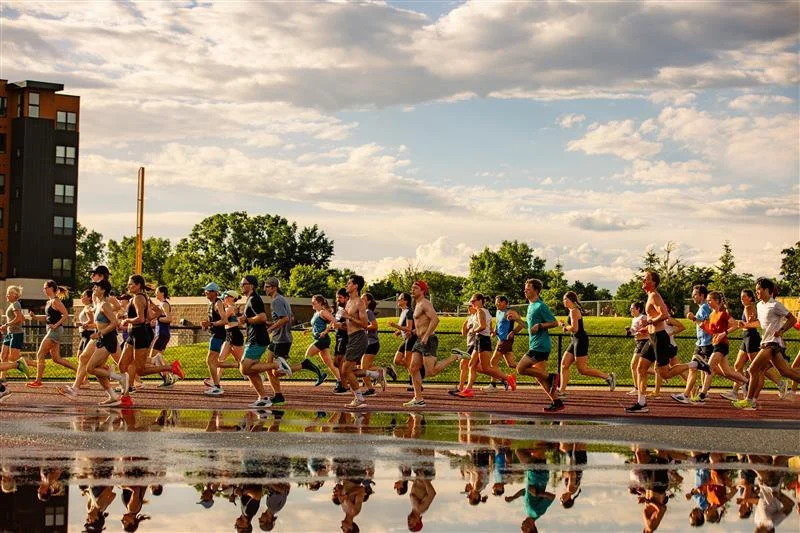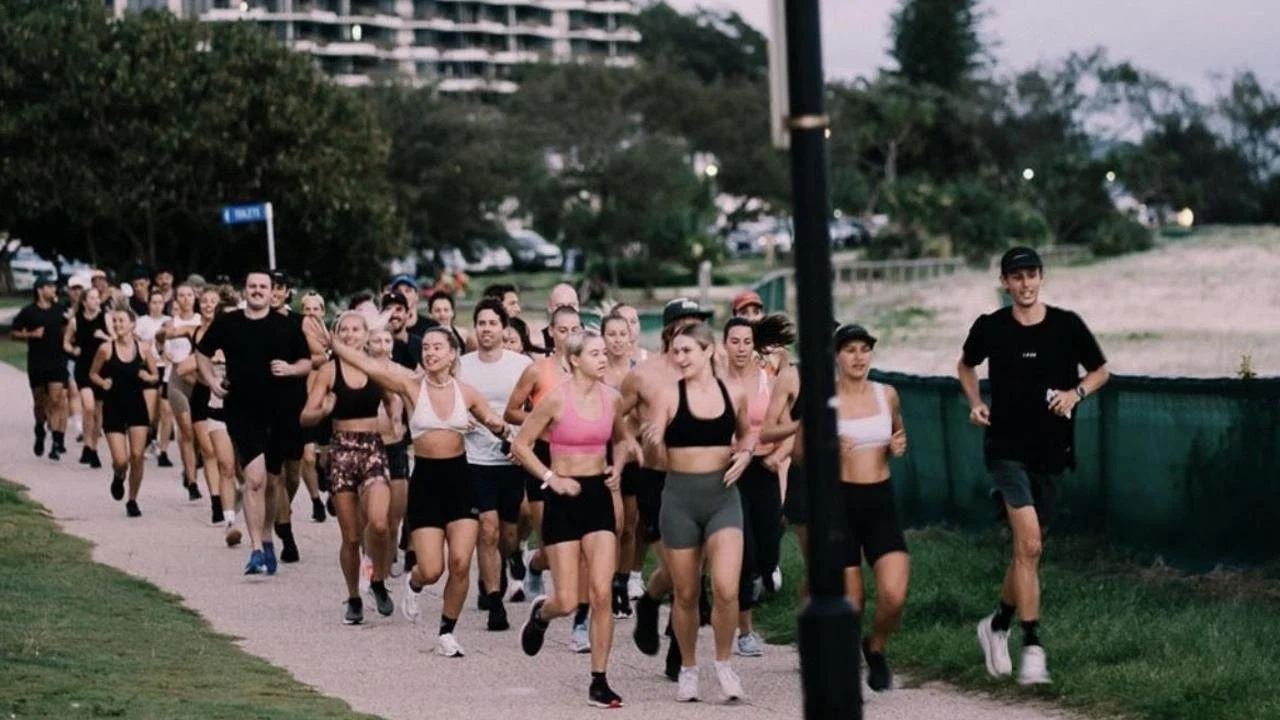From Dance Floors to Pavements: The Rise of Run Clubs Over Nightclubs
In recent years, run clubs have surged from niche gatherings to a mainstream social phenomenon, reshaping how people connect, exercise, and build communities. From city streets to suburban parks, these groups are drawing crowds of all ages, especially younger adults, fuelling a trend that shows no signs of slowing down.
Why Are Run Clubs Popular?
Several factors have contributed to the growth of running clubs:
Accessibility: Running requires minimal equipment and is open to all fitness levels, making it an easy entry point for those seeking both exercise and social interaction.
Community: A leading statistic from Strava’s Year In Sport: Trend Report found that “making social connections” was the top motivator for group exercise, with 58% of respondents saying they found friends through fitness groups like run clubs. This highlights that social connection is the primary reason many Australians are joining run clubs, alongside other factors such as seeking a sense of community, routine, and a healthier alternative to traditional social activities. The camaraderie of overcoming a physical challenge together is a powerful draw.
Social Media Influence: Platforms like Instagram and TikTok have amplified the reach of run clubs, turning local meetups into viral events and helping clubs establish strong identities and attract hundreds, sometimes thousands, of participants. This trend is further fueled by fitness tracking apps such as Strava and the Nike Run Club app, which connect runners to global communities, gamify the experience, encourage friendly competition, and make it easy to share achievements online. The recent partnership between Strava and Nike allows users to seamlessly sync their workouts across both platforms, expanding the reach and engagement of run clubs even further by integrating digital communities and hosting branded challenges that inspire connection and participation
Post-Pandemic Connection: After years of social distancing, people are seeking real-life interactions, and run clubs provide a structured, healthy way to meet new people beyond the confines of online group chats. The number of Australian adults who run increased significantly during the pandemic, rising from 3.4 million in 2019 to 4.2 million people.
The Social Side: More Than Just Running
Run clubs have evolved into vibrant social hubs. Many organise post-run brunches, coffee meetups, and even holiday parties, deepening connections beyond the pavement. Some clubs have even become platforms for dating and networking, particularly among Gen Z, who see these gatherings as a fun, low-pressure way to meet others with shared interests.
Beyond the social aspects, run clubs have also been seen to have an amazing positive influence on mental health. These clubs foster a sense of belonging, which is essential for emotional well-being and resilience. Studies show that running with others reduces feelings of isolation and provides emotional support. The act of moving together and sharing experiences while enduring tough conditions and also celebrating victories develops genuine relationships.
A story highlighted in the Sydney Morning Herald revealed how run clubs can help individuals navigate difficult times, providing a safe and supportive space to process emotions and “deal with their demons”. These clubs not only offer physical activity but also a lifeline of connection, purpose and hope for those facing mental health struggles.
Who’s Joining Run Clubs?
Data reveals that run clubs attract a broad age range, but participation peaks among young adults. The 25-34 and 35-44 age brackets make up over half of adult run club participants, highlighting the appeal among millennials and young professionals. Gender participation is fairly balanced, with women slightly edging out men in some age groups.
Will it Go the Distance?
All indicators suggest the run club movement is here to stay:
Sustained Growth: Google Trends data shows a steady rise in searches for “run club” since 2022, with no signs of decline.
Consistent Engagement: Clubs report high retention rates, with members returning week after week for both the exercise and the social benefits.
Expansion and Innovation: Clubs are branching into new cities, launching branded merchandise, and forming partnerships with local businesses and global brands.
Beyond Strava, a growing number of brands are jumping on the movement. Medibank and ParkRun have integrated run clubs into their wellness and community outreach programs, emphasising accessibility and inclusivity. Nike’s recent After Dark Tour, themed “Will it Go the Distance?”, exemplifies how major brands are combining large-scale events with digital engagement and community empowerment, particularly targeting women runners. Other brands like Tracksmith and Satisfy are cultivating niche communities by blending performance apparel with cultural storytelling and underground race support. Bandit Running, born from New York City’s run club scene, focuses on inclusivity and seasonal product drops, while District Vision merges mindfulness and high-tech eyewear with wellness-oriented community building.
Run clubs have become more than just a fitness trend-they’re a new social fabric for urban life, blending movement, mental health, and meaningful connection. With their inclusive ethos, digital savvy, and community focus, run clubs are poised to remain a cornerstone of social wellness for years to come.
Team Contributor: Mia Moonsamy
Get in touch: mia.moonsamy@arrowvane.com | LinkedIn



